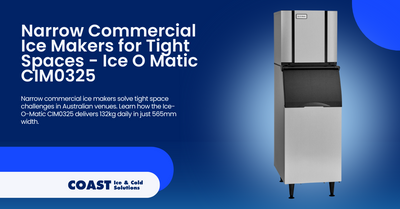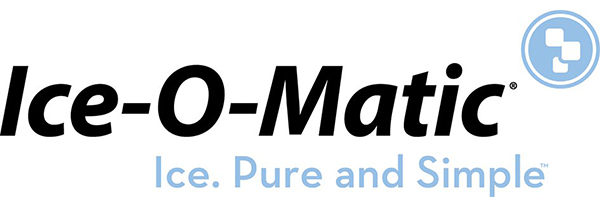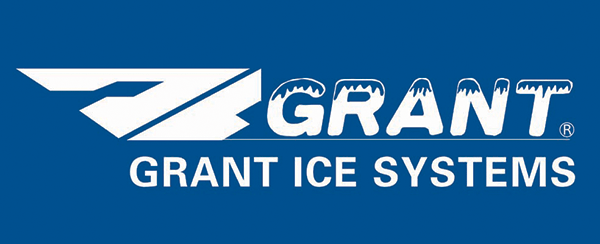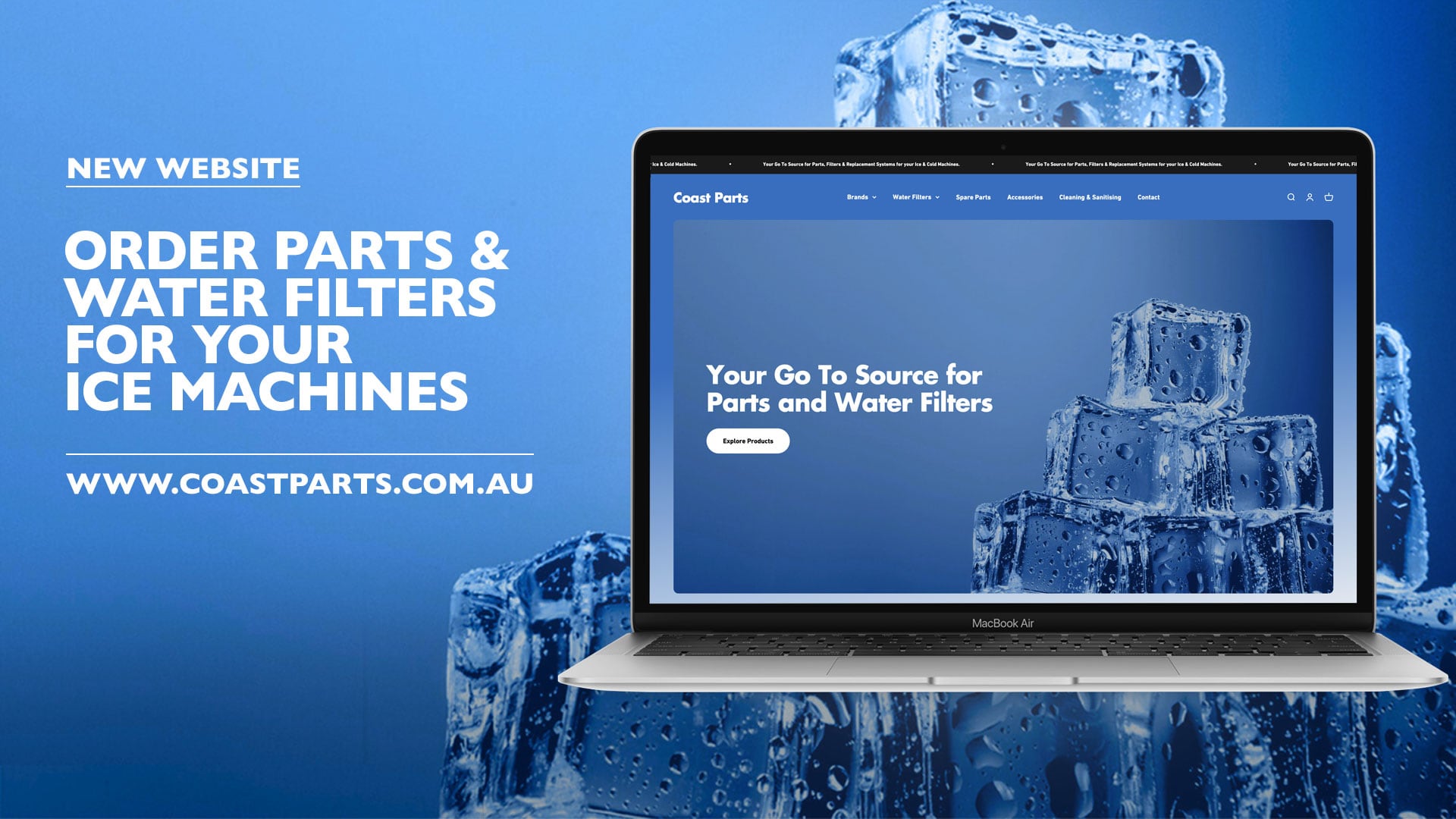Narrow Commercial Ice Makers for Tight Spaces - Ice O Matic CIM0325
The Coast Team on 5th Aug 2025
You're standing in the cramped back-of-house area of a bustling Melbourne laneway café, trying to figure out where to squeeze in a decent ice machine. The espresso machine takes up half the bench, the dishwasher's hogging the corner, and there's barely enough room to swing a milk jug. Sound familiar? Welcome to the reality of running a hospitality business in Australia's premium-priced real estate market, where narrow commercial ice makers have become the solution to space-starved venues.
The struggle for space isn't unique to trendy inner-city venues. From Darwin's tropical bars where equipment battles humidity and heat, to Perth restaurants dealing with hard water issues, space-efficient ice production has become a critical factor in profitable operations. That's where narrow commercial ice makers like the Ice-O-Matic CIM0325 come into play—delivering serious ice production without demanding serious floor space.
Understanding the Space Challenge in Australian Hospitality
Australian hospitality venues face unique spatial constraints that directly impact their ice-making capabilities. With commercial rents in Sydney and Melbourne among the world's highest, every square metre counts. A standard commercial ice maker typically spans 750mm or more in width, but when you're working with a galley-style bar or compact kitchen, that's prime real estate you can't afford to sacrifice.
The challenge intensifies when you factor in Australia's stringent workplace safety regulations. SafeWork Australia guidelines require adequate clearance around equipment for safe operation and maintenance access. Traditional ice makers often need 150mm clearance on all sides for proper ventilation, effectively adding 300mm to their footprint. In a narrow corridor or tight prep area, that extra space simply doesn't exist.
Then there's the heat factor. Northern Australian venues face ambient temperatures that regularly exceed 35°C, pushing conventional ice makers beyond their efficient operating range. When Darwin hits its wet season stride, standard machines struggle to maintain production while consuming excessive energy—a double hit to profitability.
The Engineering Behind Narrow Commercial Ice Makers
Modern narrow commercial ice makers represent a significant engineering achievement. Take the CIM0325's 565mm width—that's achieved through innovative component arrangement and advanced cooling technology. The key lies in vertical integration of traditionally horizontal components, allowing manufacturers to stack rather than spread.
The breakthrough came with dual-exhaust ventilation systems. Where older models required rear or side clearance for hot air discharge, new designs like the Elevation Series expel heat from both top and side vents. This flexibility means you can install units flush against walls or between equipment, maximising every millimetre of available space.
Narrow profile doesn't mean compromised performance. Advanced evaporator designs maintain full ice production capacity despite the reduced footprint. The CIM0325 produces up to 132kg of ice daily—enough for a busy 80-seat restaurant—while occupying the space of a domestic dishwasher. For venues needing more capacity, the CIM0825 delivers 418kg daily in the same narrow footprint.
Why the Ice-O-Matic CIM0325 Stands Out for Narrow Commercial Ice Makers
The CIM0325 exemplifies smart design for space-conscious operators. At just 565mm wide, it fits where others can't, yet delivers commercial-grade performance that keeps pace with demanding service periods.
What sets this unit apart is its Plastic Food Zone technology. Traditional ice makers have metal components with numerous crevices where mineral deposits and biofilm accumulate. The CIM0325's smooth plastic surfaces eliminate these problem areas, making cleaning faster and more effective—crucial when staff time is at a premium.
The built-in Agion antimicrobial protection provides another layer of defence against contamination. In Queensland's humid coastal environments, where bacterial growth accelerates, this technology actively inhibits microorganisms on ice-contact surfaces. It's not just about meeting FSANZ Food Standards Code requirements; it's about exceeding them.
Energy efficiency matters too, especially with Australian electricity prices among the world's highest. The CIM0325 operates up to 20% more efficiently than comparable models. For a Brisbane café running their ice maker 16 hours daily, that efficiency gain represents significant operational savings.
Strategic Placement for Maximum Efficiency
Installing narrow commercial ice makers requires strategic thinking beyond simple measurements. The dual-exhaust design of the CIM0325 opens up placement possibilities that traditional units can't match. You can position it under benches, between equipment, or even in alcoves that would otherwise go unused.
Consider workflow efficiency when selecting your installation spot. Ice makers generate noise during harvest cycles—typically 10-15 minutes every hour. Positioning the unit away from customer areas but close to service points minimises disturbance while maintaining operational efficiency. Many Sydney restaurants successfully install these units in transition spaces between kitchen and bar, maximising accessibility for both teams.
Water quality significantly impacts placement decisions. Perth's notoriously hard water, with calcium carbonate levels often exceeding 200mg/L, demands easy access for regular descaling. Position your CIM0325 where technicians can readily access water connections and the Universal Smart Harness control board without disrupting service.
Pairing with the right storage bin maximises your investment. The B42 storage bin matches the CIM0325's narrow profile while providing 160kg capacity—enough for peak Friday night service with reserve for Saturday lunch. For higher volume operations, consider the ICB230SC storage bin which holds 232kg while maintaining space efficiency.
Comparing Narrow Commercial Ice Makers: Finding Your Perfect Match
While the CIM0325 excels for many applications, understanding the full range helps you make informed decisions. The CIM0435 offers 209kg daily production for venues with moderate demands, while the CIM1125 delivers an impressive 425kg daily—the highest production available in a 565mm width unit.
Modular systems like the CIM0325 provide flexibility to scale. Start with one unit on a B42 bin, then add a second head unit when business grows. This stackability means you can double production without doubling floor space—crucial for venues planning expansion.
Installation Best Practices for Australian Conditions
Successful installation starts with understanding AS 4674-2004 (Design, construction and fit-out of food premises) requirements. The standard mandates smooth, impervious surfaces in food preparation areas—your ice maker installation must facilitate easy cleaning of surrounding surfaces.
Electrical requirements often catch operators off-guard. The CIM0325 requires a dedicated 240V/50Hz circuit with 16-amp capacity. In older buildings, particularly heritage-listed properties in Hobart or Adelaide, upgrading electrical infrastructure adds complexity and cost. Factor this into your planning.
Drainage presents another consideration. While the CIM0325 uses gravity drainage, floor levels in older buildings might necessitate a pump. Ice-O-Matic's pump-out drain models accommodate lifts up to 1 metre, solving this challenge without major plumbing modifications.
Water filtration isn't optional—it's essential. Hard water areas like Adelaide and Perth absolutely require quality filtration to prevent scale buildup. The CD20B water filter system provides excellent protection while maintaining flow rates necessary for optimal ice production. For replacement cartridges, the CD200B triple action cartridge reduces dirt, rust, taste, and odour.
Maintenance Strategies That Maximise Lifespan
Narrow commercial ice makers pack sophisticated technology into compact spaces, making proper maintenance even more critical. The CIM0325's one-touch sanitisation and descaling controls simplify these essential tasks, but they still require scheduling and execution.
Develop a maintenance rhythm that matches your local conditions. Darwin operators might need monthly descaling during the build-up season when mineral concentration in water supplies peaks. Melbourne venues can often extend to quarterly cycles, depending on water quality and usage patterns.
The Smart LED indicators take guesswork out of maintenance timing. When the cleaning light activates, don't delay—mineral deposits accumulate exponentially once they gain a foothold. A 30-minute cleaning cycle today prevents a two-hour deep clean next month.
Pay attention to ambient conditions. If your kitchen regularly exceeds 32°C, ice production drops while energy consumption rises. Simple interventions like improving ventilation or scheduling deep cleaning during cooler months can significantly extend component life.
Troubleshooting Common Issues with Narrow Commercial Ice Makers
Even quality narrow commercial ice makers encounter issues. Understanding common problems helps you respond quickly, minimising downtime. Low ice production usually stems from three causes: high ambient temperature, poor water flow, or dirty condensers.
If your CIM0325 produces less than expected, first check the simple things. Is the air filter clean? Are the condenser fins free of grease and dust? Kitchen environments coat equipment surprisingly quickly—monthly coil cleaning prevents most production issues.
Water-related problems manifest as cloudy ice, slow production, or unusual harvest patterns. The Universal Smart Harness provides diagnostic codes that pinpoint issues, but visual inspection often reveals scale buildup or filter blockages before they impact performance.
Strange noises typically indicate mechanical issues requiring professional attention. The CIM0325's design minimises moving parts, enhancing reliability, but pumps and fans still wear over time. Address unusual sounds promptly—early intervention prevents costly cascade failures.
Calculating Your Ice Needs Accurately
Determining correct ice maker capacity prevents both shortages and overcapitalisation. Restaurant industry guidelines suggest 1.5kg per customer for full-service dining, but Australian conditions often demand more. Factor in our preference for iced beverages, longer dining times during summer, and growing cocktail culture.
A 60-seat Melbourne restaurant serving lunch and dinner might see 150 covers on busy days. At 1.5kg per customer, that's 225kg daily requirement. The CIM0325's 132kg capacity seems insufficient until you factor in turnover timing. Lunch service consumes 60kg, allowing afternoon recovery before dinner rush.
Storage capacity matters as much as production. The B42 bin holds 160kg—more than a full day's production from the CIM0325. This buffer protects against equipment failures and unexpected rush periods while preventing the waste of overproduction.
Future-Proofing Your Ice System Investment
Narrow commercial ice makers represent significant capital investment. Protecting that investment means thinking beyond immediate needs. Consider your five-year business plan—will you add seats, extend hours, or expand beverage offerings?
Modular systems provide upgrade flexibility. Start with a CIM0325 on a B42 bin, then add a second head unit when growth justifies. This approach spreads capital expenditure while ensuring you're never caught short on capacity. For businesses anticipating rapid growth, the CIM1135 offers 522kg daily production with the same installation flexibility.
Technology advancement continues accelerating. The CIM0325's Universal Smart Harness already enables remote diagnostics and predictive maintenance. Future firmware updates might add energy optimisation algorithms or integration with kitchen management systems.
Sustainability considerations increasingly influence purchasing decisions. The CIM0325's efficient operation and recyclable components align with environmental goals while reducing operating costs. As carbon pricing mechanisms evolve, energy-efficient equipment provides hedge against rising utility costs.
Ready to solve your space constraints with a narrow commercial ice maker? Contact Coast Distributors to discuss which ice-making solution suits your venue's specific needs:
- View the Ice-O-Matic CIM0325
• View the B42 Narrow Storage Bin specifications
• Explore our complete range of modular ice makers
• Speak with our expert team by filling out our contact form
• Need a service for your machine? Fill out our service request form
• Need water filters or spare parts? Browse our parts inventory
Don't let space limitations compromise your ice production capacity. Join the growing number of Australian venues already benefiting from narrow-profile ice-making technology. Coast Distributors is Australia's exclusive Ice-O-Matic distributor, providing space-saving ice solutions nationwide. With 24-hour service support and extensive hospitality industry experience, we ensure your ice maker supports optimal service delivery.
Visit coastdistributors.com.au to learn more.









